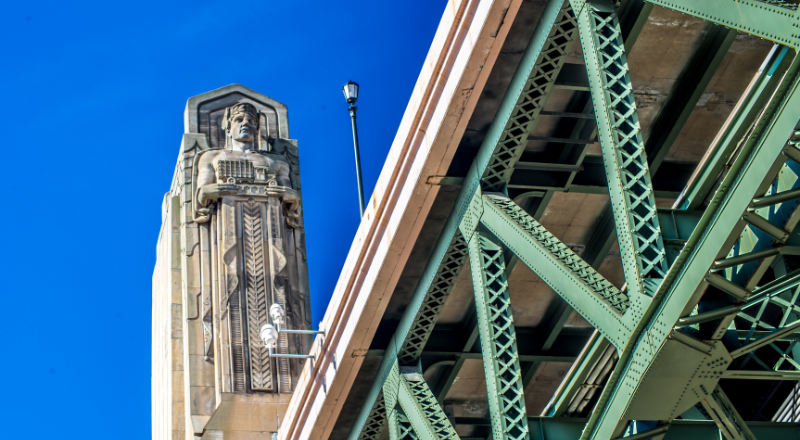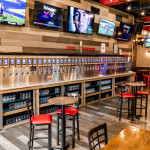
The Guardians of Cleveland, also known as the “Guardians of Traffic,” are a series of sculptures located in Cleveland, Ohio. They have become a beloved part of the city’s history and culture. These statues were created in the 1930s as a public works project during the Great Depression, and they were intended to serve as a symbol of progress and power. In this article, we will delve into the history and significance of the Guardians of Cleveland.
Origins of the Guardians of Cleveland
The Guardians of Cleveland were designed by sculptor Henry Hering, who was commissioned by the Cleveland Union Terminal Company. The organization responsible for building the city’s new railway station and terminal. Hering created a total of 18 statues, each of which depicts a muscular, heroic figure representing a different aspect of Cleveland’s industries. The statues are made of limestone, and they are located on the exterior of the terminal’s main concourse.
Meaning and Symbolism of the Guardians of Cleveland
The statues represent various industries, including steel production, shipping, and transportation. The statues are meant to symbolize the strength and power of Cleveland’s industries and the hardworking people. Some of the statues depict figures holding tools such as hammers and gears. This represents the hardworking men and women of the city’s factories and workshops. Others depict figures holding symbols of transportation, such as a ship’s wheel. Representing the city’s role as a major transportation hub.
Restoration of the Guardians of Traffic
In recent years, the Guardians of Traffic have undergone a significant restoration process to preserve them for future generations. The statues have been cleaned, repaired and restored to their original condition. The restoration project has been an important step in preserving the city’s history and culture. It has also been an opportunity to celebrate the legacy of the Guardians.




